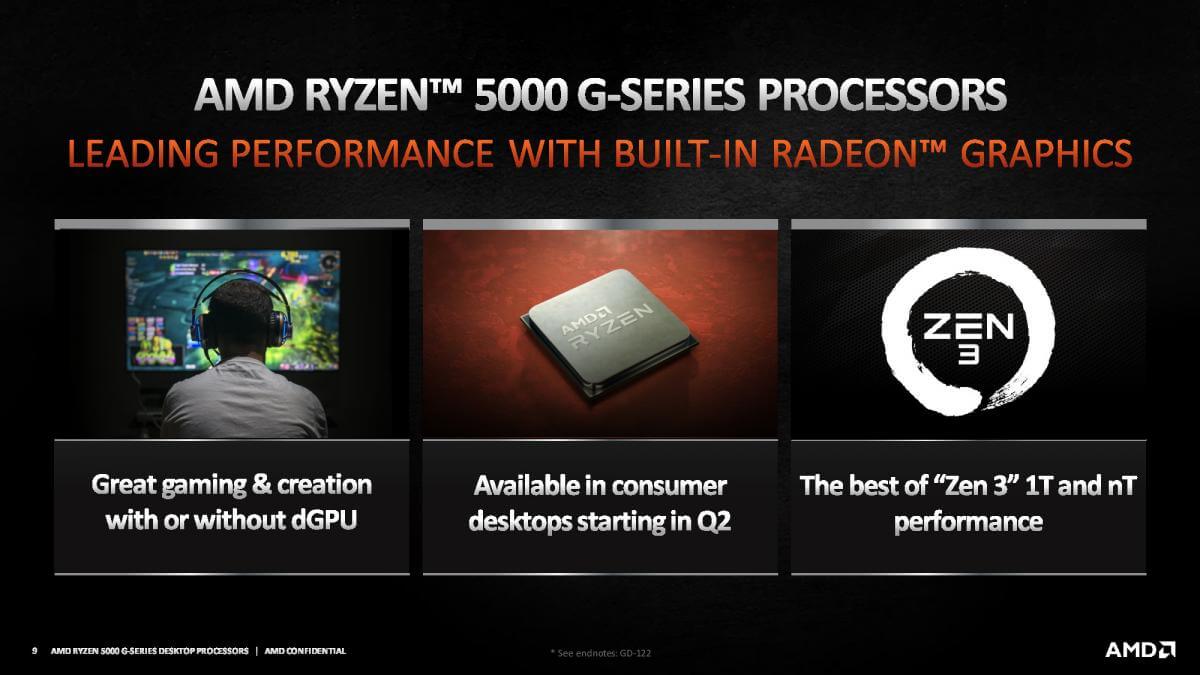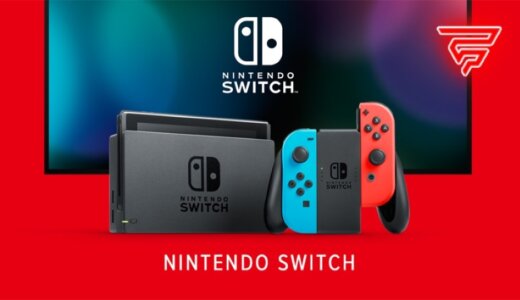The brand-new Ryzen 5000 G-series processors from AMD have just been announced and, needless to say, they pack a punch! There’s a whole lot of people who are interested in these particular processors, and there’s a very good reason why. Perhaps their biggest allure lies in the fact that they pair the potency and cutting-edge nature of AMD’s Cezanne Zen 3 architecture with some mighty powerful integrated graphics.
These iGPUs still aren’t potent enough to drive triple A titles, of course, but they’re not as far off as you might think. So it’s sort of a “best of both worlds” kind of deal. These processors are also sporting some incredible gains in both single- and multi-core workloads making them all the more alluring regardless of your use-case scenario.
There’s a lot of ground to cover, so let’s begin!
AMD Ryzen 5000 G-Series Line-up
Let’s first go over the most powerful CPU of the bunch: the Ryzen 7 5700G. We’re talking about a flagship, top-of-the-line processor with eight cores and sixteen threads clocked at 3.8 Ghz with a boost of 4.6 Ghz. It’s also equipped with 16 MB of L3 cache (4MB L2) and Vega 8 graphics clocked at 2 Ghz — all of this packed within a reasonable 65W TDP.
It’ll supposedly retail for $350—$400 although its exact pricing still remains to be seen.
Next up, we have the Ryzen 5 5600G with six cores and twelve threads. It’ll pack a slightly higher base clock speed (3.9 Ghz) at the cost of a lowered turbo (4.4 Ghz). Its L3 cache will remain the same although it’ll come with 3MB of L2 cache instead of 4MB. Finally, its iGPU won’t be quite as potent as it’ll come with 7 compute units clocked at 1900 Mhz. We know just how big of a difference this can make, so if you’re looking to game on integrated Vega graphics, you’d be wise to go with AMD’s top-of-the-line option for the best possible results.
Lastly, Last but certainly not least, we have the Ryzen 3 5300G, a four core eight thread APU with a base clock speed of 4 Ghz and a boost of 4.2 Ghz. Being the more budget-oriented option, the 5300G has only 8MB of L3 cache and an ever weaker iGPU with just 6 compute units running at 1.7 Ghz. It’ll get the job done for some light esports gaming on the side, but you shouldn’t definitely temper your expectations.
The 5600G should retail for around $250 with the 5300G going for a much more modest $150.
Better Single-Core Performance
The biggest reason why you should consider these Zen 3-based APUs is because of their incredible single-core performance. The days of Intel dominating in this segment are seemingly over, with the 5700G being faster in nearly every regard. AMD is comparing their APUs to Intel’s last-gen offerings, but even if we were to factor in the gains Rocket Lake brought to the table, AMD would still win out (and with relative ease, too).
All in all, these APUs are faster, they don’t run as hot, and have a very clear and preferable upgrade path for those who might want to go for something even more powerful further down the line.
Noticeable iGPU Gains
Finally, if you’re an esports gamer on a budget, these Cezanne-based APUs should definitely be at the top of your list of priorities. They’re not exactly “budget-friendly” options, but they are packing an iGPU that’s better than most people expect, so it’s really a 2-for-1 kind of deal.
To run the latest Assassin’s Creed on 1080p Low and still get over 30 FPS is nothing to scoff at. And sure, that’s not exactly the definition of an enjoyable gaming experience, but results like these were unfathomable just a couple of years ago. Exciting stuff, to say the least!










